DNA damage by radiation is a concern for space travelers. New experiments on the ISS show that CRISPR gene editing tools can function in space and can potentially be used to mitigate these effects.


DNA damage by radiation is a concern for space travelers. New experiments on the ISS show that CRISPR gene editing tools can function in space and can potentially be used to mitigate these effects.
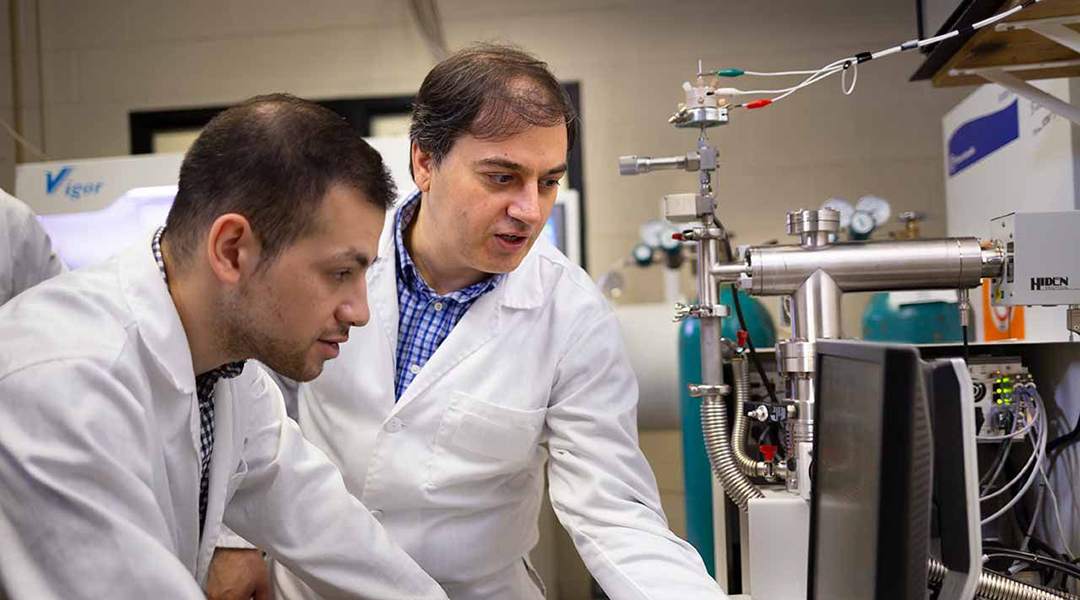
New design in lithium-air battery aims to get more electric vehicles on the road.
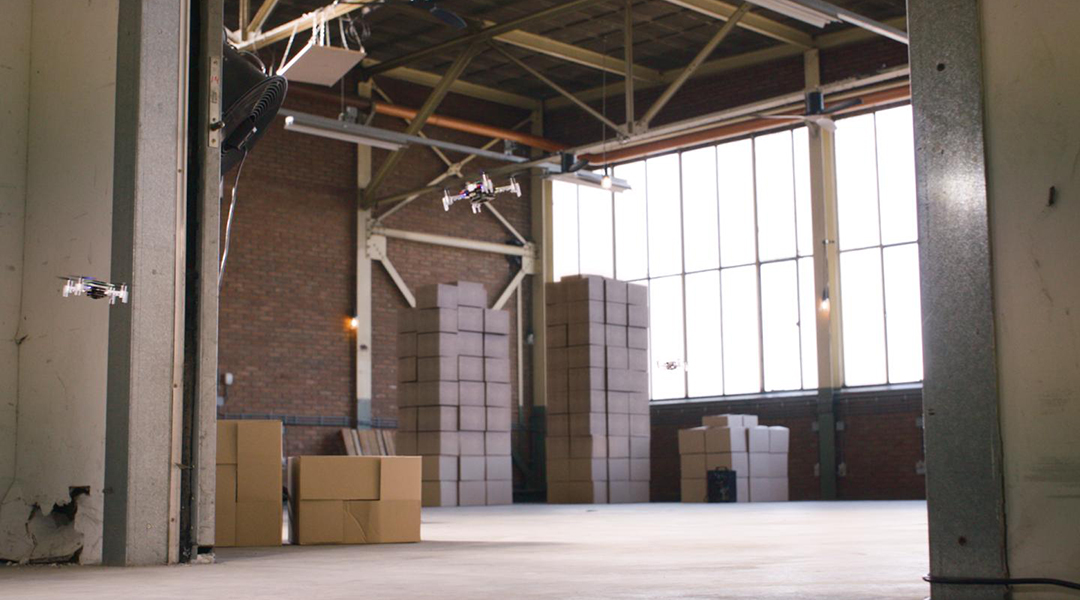
Using modified “CrazyFlie” drones, researchers develop a strategy for finding gas leaks more efficiently and without risk to human lives.

Can the Australian bushfires and global pandemic convince us to change our ways?
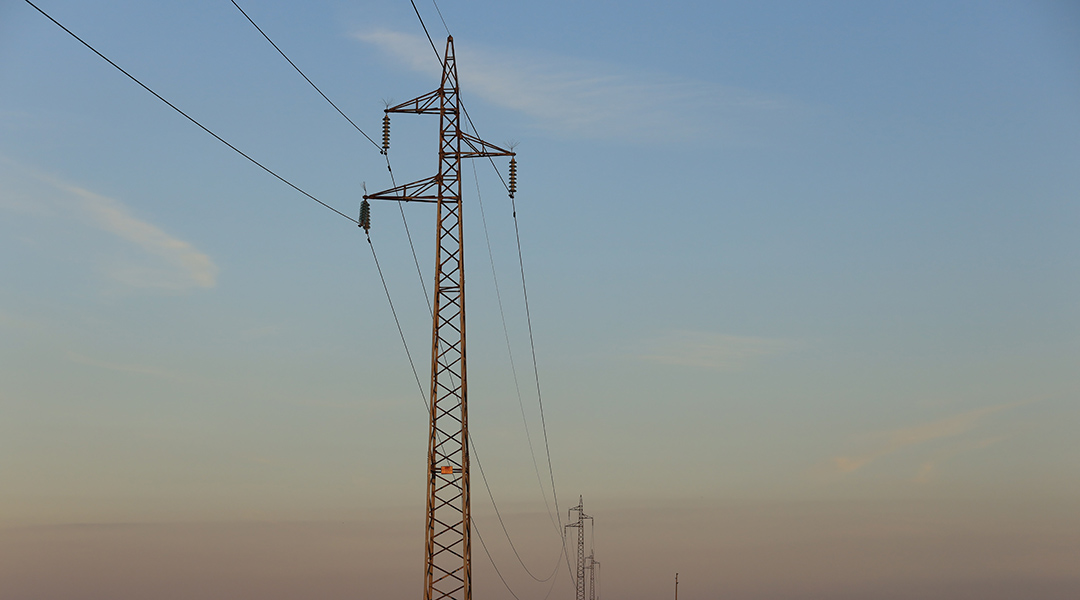
A new conjugated polymer provides opportunity to improve insulating materials around high-voltage cables for more efficient power transmission.
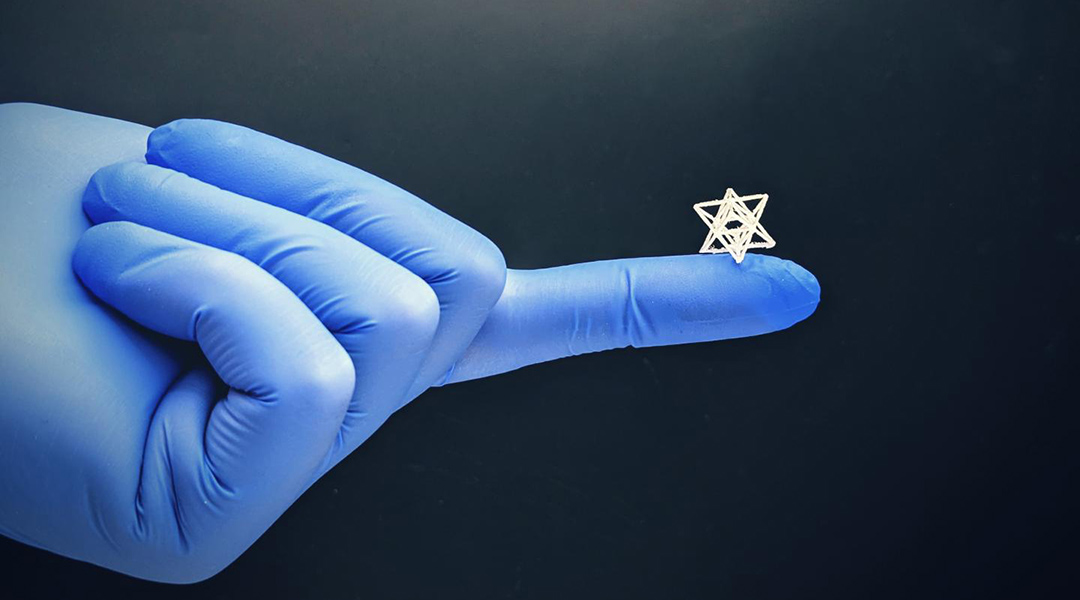
Researchers have flipped traditional 3D printing to create some of the most intricate biomedical structures yet.
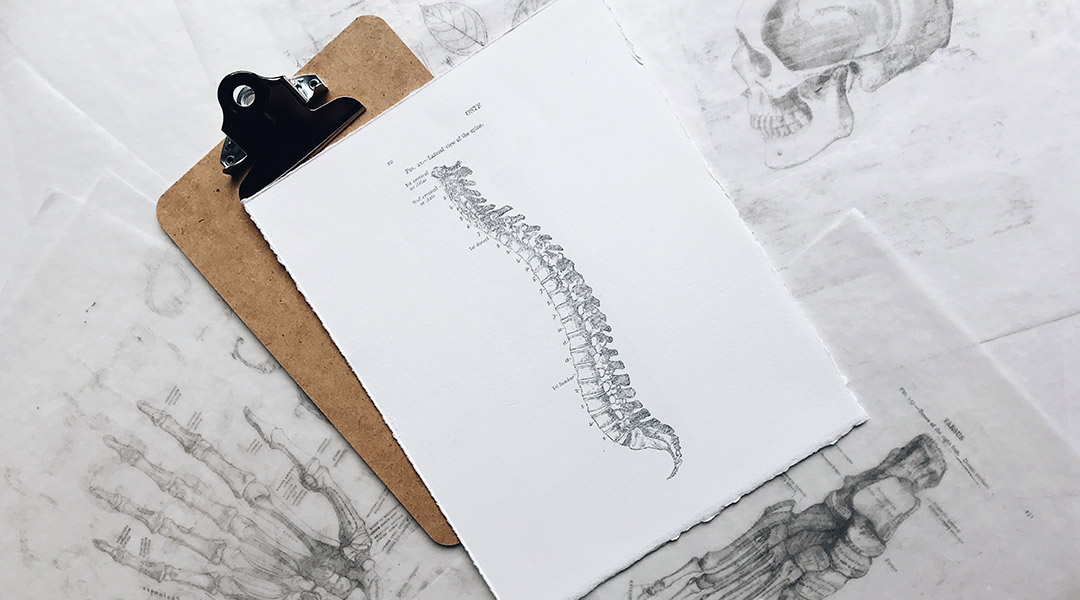
A hydrogel loaded with drugs to simultaneously regenerate nerve tissues and blood supply shows promise for promoting recovery after spinal cord damage.
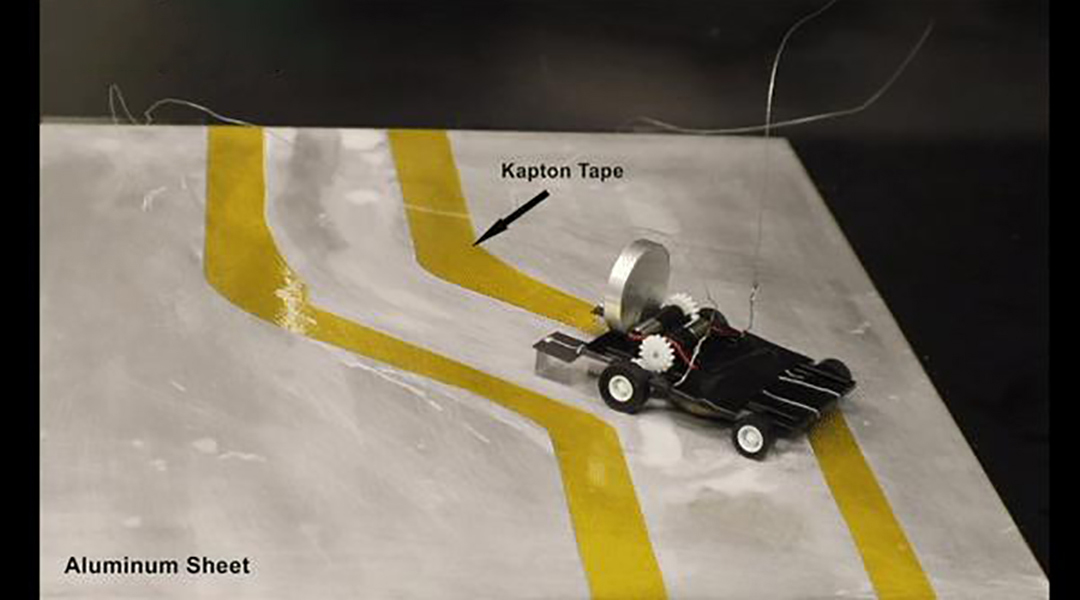
The “metal-eating” robot can follow a metal path without using a computer or needing a battery.
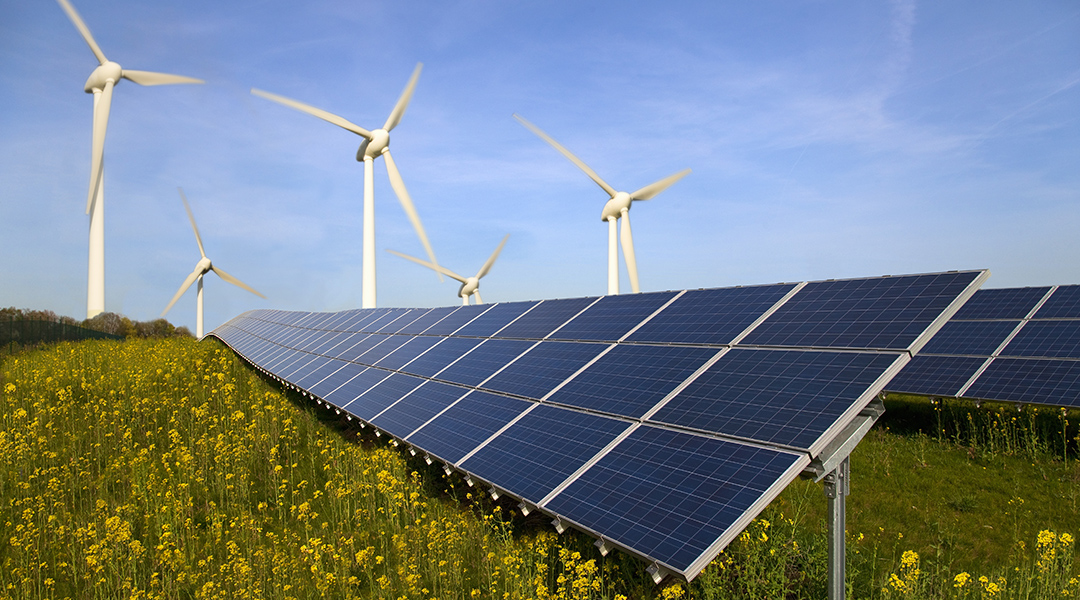
A new report outlines in quantitative detail the range of options, trade-offs, and costs to guide future policies in achieving carbon neutrality by 2045.
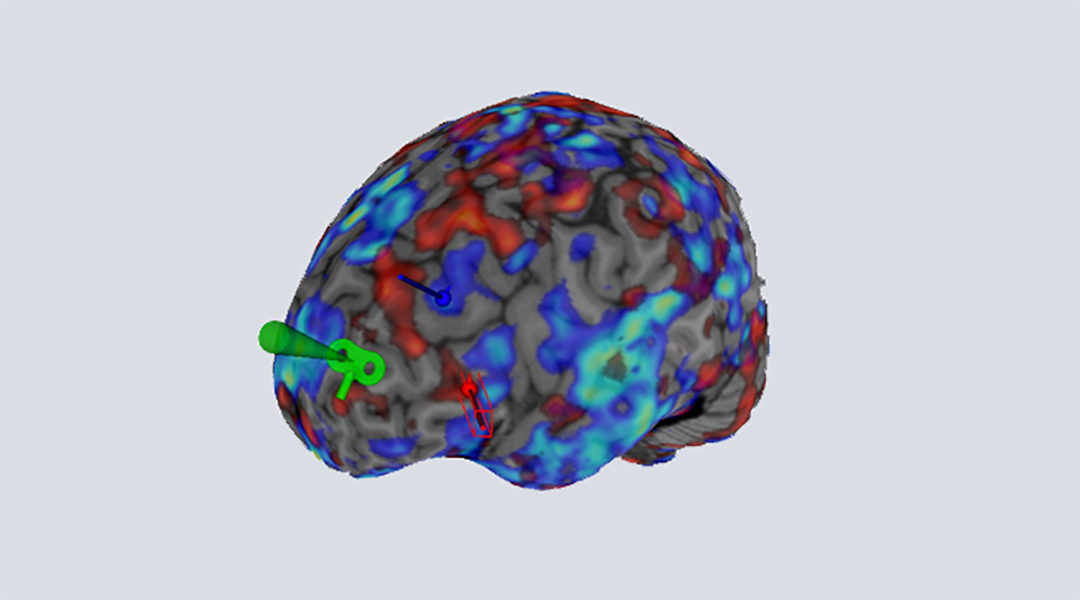
Taking advantage of progress made in neuroimaging, researchers hope that personalized treatments for mental disorders using brain stimulation therapies will be the way forward.